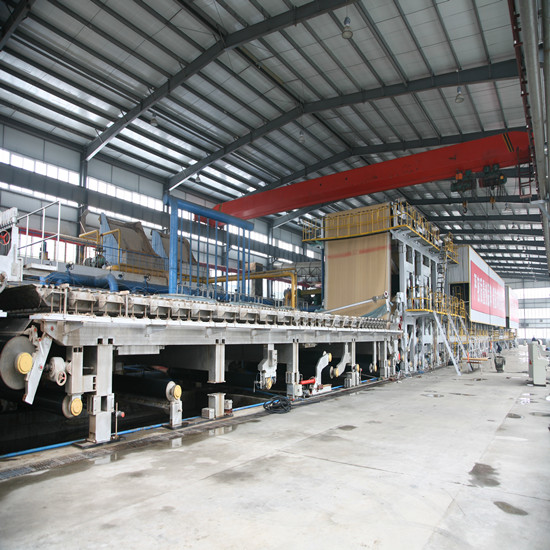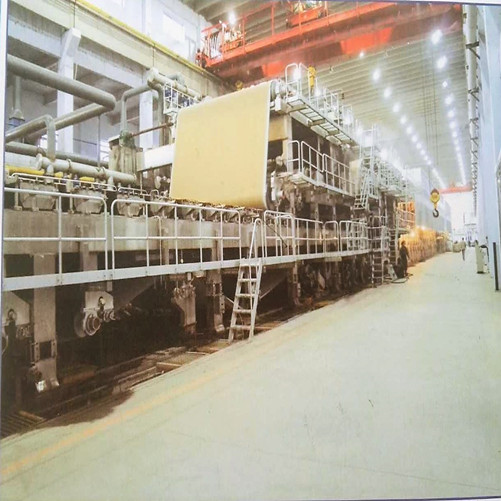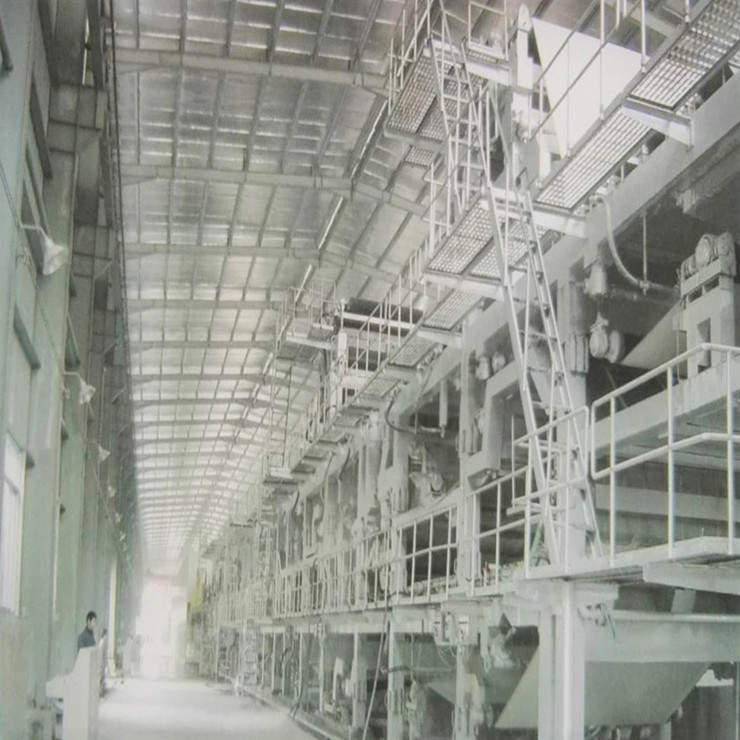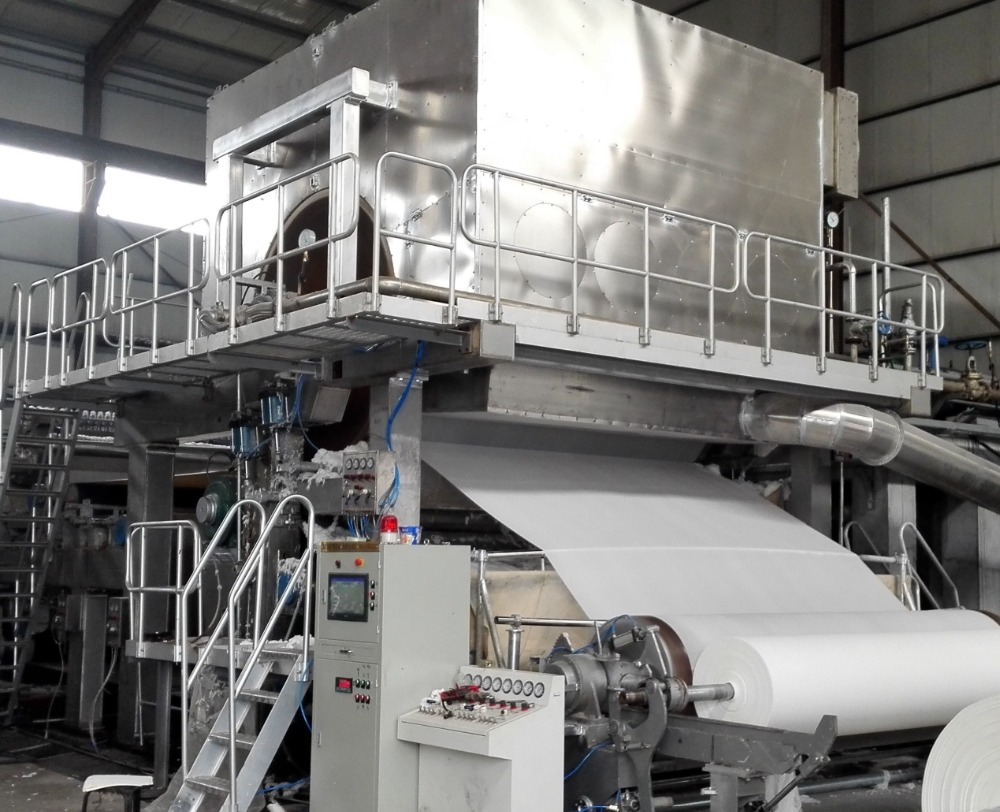There are two process indicators for evaluating screening operations, one is screening efficiency and the other is productivity. There are many factors affecting these two indicators, but they are summarized in the following three aspects:
1. The physical properties of the raw materials include the particle size composition of the materials, moisture and mud content. Particles smaller than 3/4 of the mesh size in the material are referred to as "easy sieve ions." The more the content of the easy-to-screen particles, the easier it is to sieve, and the higher the productivity of the sieve. In the material  Particles having a mesh size are referred to as "difficult to sieve particles", and particles having a particle size of (1 to 1.5) mesh size are referred to as "obstructing particles". The more difficult the sieve particle content and the hindering particle content, the lower the screening efficiency and the lower the productivity of the sieve.
Particles having a mesh size are referred to as "difficult to sieve particles", and particles having a particle size of (1 to 1.5) mesh size are referred to as "obstructing particles". The more difficult the sieve particle content and the hindering particle content, the lower the screening efficiency and the lower the productivity of the sieve.
The water content and mud content of the sieved material have a great influence on the screening process. Within a certain range, the screening efficiency decreases with the increase of moisture content, but after decreasing to a certain extent, the surface moisture continues to increase, and the particle activity increases, so the screening efficiency and productivity increase. This effect is particularly significant for the screening of fine-grained materials. When processing a fine material with a large amount of mud, the surface moisture content is about 8%, which will cause the material to agglomerate, and some fine particles stick to the screen to block the sieve hole, so that the fine material is difficult to pass through the sieve hole. Therefore, the sifting material which is easy to agglomerate with a large amount of mud must be wet-sifted or pre-washed before sieving to remove the mud.
2. Operating characteristics and structural parameters of the screening equipment
In order to make the material smaller than the sieve hole pass through the sieve hole, the material and the sieve surface must have relative movement. During the relative movement, the material is loosely layered, the fine particles pass through the sieve hole, and the coarse particles are discharged from the other end of the sieve surface. This relative movement can be caused by two aspects. First, the sieve is fixed, but has an inclined angle, and the material flows through the sieve surface by its own weight. In this case, the first is that the material is not well stratified and the screening efficiency is low. Second, the sieve itself is used for various vibrations to make the material jump on the sieve surface. The material particles are mainly vertical screen movement, so that the probability of the particles passing through the sieve hole is increased, the screen surface can be prevented from being clogged, the material can be loosely layered well, and the screening efficiency is high.
The shape of the mesh hole mainly affects the difficulty of sieving the particles. The common mesh holes are square, rectangular, and sometimes circular. In general, the material should be selected coarse screening round sieve punching the steel sheet surface, while screening fines should use a metal wire square mesh woven surface, application of a rectangular screen surface only in exceptional cases, when the When a rectangular mesh hole is used, its long side should be consistent with the direction of material movement. Square mesh holes are the most widely used in production practice.
Screen aspect ratio affects screening efficiency and productivity. The width of the screen surface mainly affects the productivity, and the length affects the screening efficiency. Generally, the aspect ratio of the sieve surface is 2.5 to 3, and the inclination angle of the sieve surface is 15 to 25 degrees.
3. Operating conditions
In operation, care should be taken to continuously and uniformly feed the material so that the material is laid down as a thin layer along the width of the entire screen surface. The screen surface is fully utilized, and the fine particles are allowed to pass through the sieve hole, so that the sieve can obtain higher productivity and screening efficiency.
The moving speed of the material on the sieve surface is generally 0.1 to 0.4 m/sec. The slower the moving speed of the ore particles, the smaller the inclination angle of the sieve surface, the higher the screening efficiency. However, the movement speed of the ore particles is too low, which will reduce the productivity of the sieve. The optimum feed rate and screen angle are determined by experimental and production observations.
In a certain range, the screening efficiency and productivity increase with the increase of the amplitude and vibration of the sieve. In the production, the amplitude is usually 3 to 6 mm, and the vibration is 800 to 1200 times/time. When sieving coarse materials, larger amplitudes and smaller vibration times are used, while for fine particle materials, small amplitude high vibration times are used.
We are professional Paper Making Machine manufacturer in China, our main products are Paper Making Machine,Paper Making Equipment,Culture Paper Machine, Toilet Paper Machine , Kraft paper making machine, corrugated paper making machine, coating paper making machine, medium paper making machine, craft paper making machine, fourdrinier paper making machine, cylinder former paper making machine.
Fourdriner paper making machine Kraft paper making machine

Two-wire fourdrinier kraft paper making machine

A4 Paper Making Machine culture paper making machine

Toilet Tissue Paper Making Machine

Paper Making Machine
Paper Making Machine,Paper Making Equipment,Culture Paper Machine,Toilet Paper Machine
Dandong Tianshin Automatization Technology Co.,Ltd , https://www.paper-machine.com